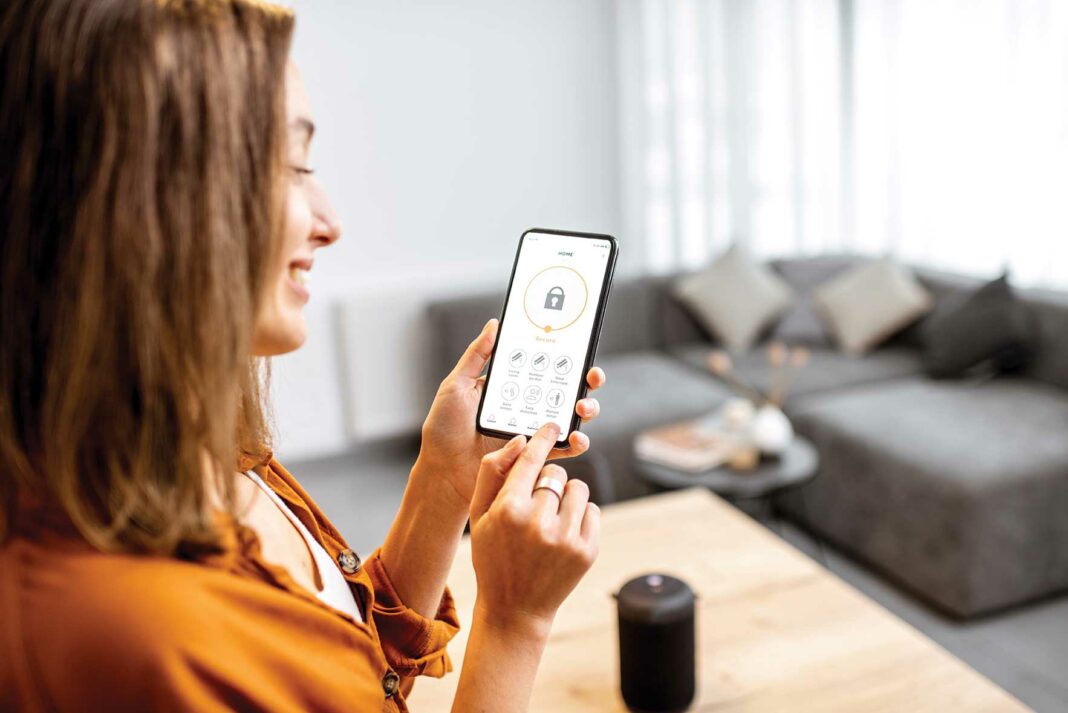Today’s market offers a plethora of new gadgets and devices that claim to make our homes smarter, safer, and more efficient. But as with any new smart technology, consumers should take extra precautions to ensure these devices are secure.
Convenient, connected devices are here to stay—and unfortunately, so are the hackers. But by taking extra steps to safeguard your network and devices, you can keep your digital life as secure as possible.
As connected devices become increasingly popular, it’s important that we know how to secure our digital lives. The U.S. Department of Commerce offers the following tips for protecting smart devices:
1Get creative with passwords.
Change your device’s factory security settings from the default password. This is one of the most important steps to take in the protection of internet-connected devices. Consider creating the longest password or passphrase permissible, and use familiar phrases you’ll remember, like the lyrics to your favorite song.
2Keep tabs on your apps.
Most connected devices are supported by a smartphone application. Your smartphone could be filled with apps running in the background or using default permissions you never realized you approved, gathering personal information without your knowledge while also putting your identity and privacy at risk. Check your app permissions and say “no” to privilege requests that don’t make sense.
3Secure your network.
Properly secure the wireless network you use for internet-connected devices. Consider placing these devices on a separate and dedicated network.
4Connect and protect.
Whether it’s your computer, smartphone, game console, camera, or other connected devices, the best defense is to stay on top of things by updating to the latest security software, web browser, and operating system. If you have the option to enable automatic updates to defend against the latest risks, turn it on.






